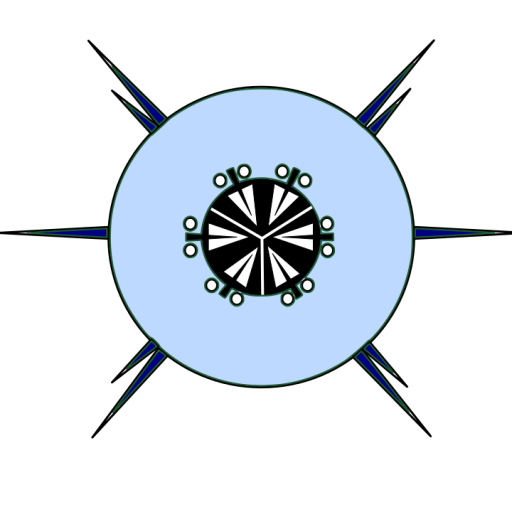Methods for the sampling, extraction, processing, and identification of meiofauna. Plus information on the use of meiofauna in applied research, such as environmental impact assessments
Sampling
Sampling can take two forms either Quantitative or Qualitative. Typically meiofauna are heterogeneously distributed so a larger number of small samples are generally better than few large samples. Before you start sampling be sure to establish a sampling regime appropriate to answering your hypothesis. Also be sure that your replicates are replicates and not pseudoreplicates. Also consider whether you require live or fixed specimens, the identification of some groups, Turbellaria for example, is easier with live specimens. Meiofauna will survive for a reasonable length of time in the sample container, however be sure to remove large macrofauna before transport or they will consume all the oxygen in the sample. Most researchers use formalin (5-10%) for fixing samples.
Quantitative
Quantitative sampling of exposed sandy beaches
Quantitative sampling of tidal flats
Quantitative sampling of rocky shores
Qualitative
Qualitative sampling of sedimentary environments
Qualitative sampling of the rocky shore
Extraction
The methods for extracting meiofauna from the sampled habitat depends on whether the meiofauna are alive or dead. Many meiofaunal groups have mechanisms, such as the duo-gland system, for position maintenance. When the sample contains live fauna the extraction methodology needs a stage which either negates their position maintenance strategy (osmotic shock or anesthetisation) or forces them to move out of the habitat (Uhlig’s method). With fixed samples most extraction methodologies rely on the different settling rates of the meiofauna and the substrate.
Extraction of meiofauna using simple decantation
Extraction of meiofauna using the Ludox floatation technique
Anesthetisation with isotonic magnesium chloride
Freshwater osmotic shock method
Processing
Fixation with Bouin’s Fluid
Identification
Genetic analyses
Applied Research
Environmental impact assessments
Ecotoxicology
